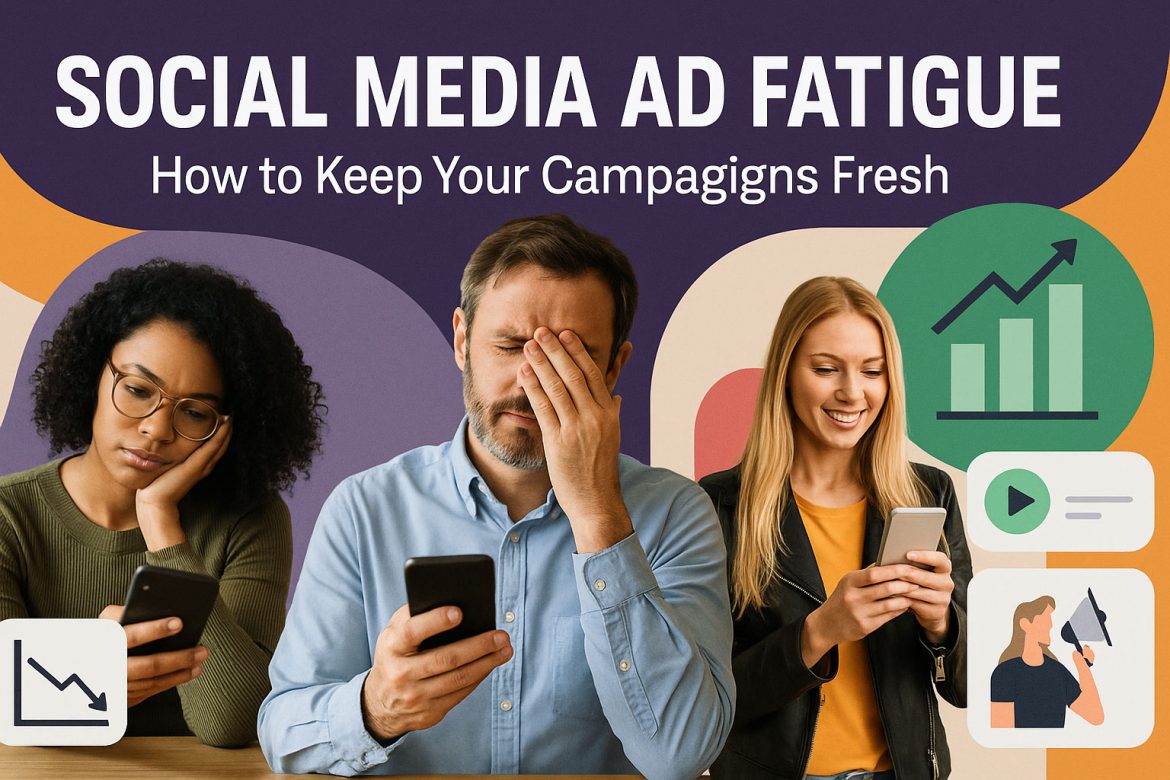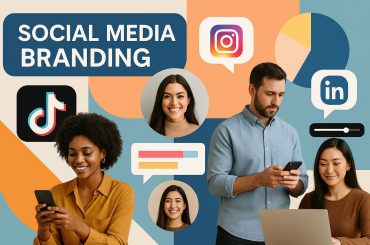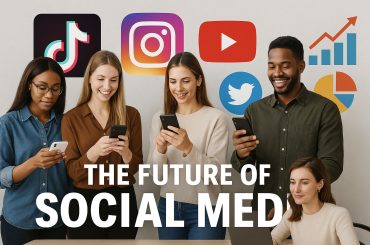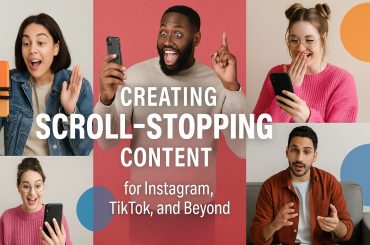Opening Scene: Your Ads Are Being Ignored (and It’s Not Your Audience’s Fault)
Imagine scrolling through your social feed. You’re bombarded with endless promotions—each promising “limited-time savings,” “new drops,” or “revolutionary” features. After the first dozen, they all blend together. You stop noticing the brand name. You scroll faster. You feel… fatigued.
This is ad fatigue—not just a buzzword, but a real phenomenon that erodes campaign performance, drains budget, and stalls growth. It’s what happens when audiences have seen your creative too many times, recognize your formula, and stop caring.
And if you’re a marketer relying heavily on paid social (which you likely are), then ad fatigue is no longer just a performance issue—it’s a strategic liability.
But here’s the good news: ad fatigue isn’t irreversible. It’s a signal—not a sentence. With the right creative habits, messaging pivots, and campaign structures, you can renew engagement, restore curiosity, and revive results.
This essay offers a fresh, practical roadmap for fighting ad fatigue with strategy—not guesswork. Let’s start by understanding what causes it and then dive into how to break the pattern.
I. What Is Ad Fatigue, Really?
Ad fatigue occurs when your audience has seen the same or similar ad content too many times, leading to declining engagement and performance. It’s usually accompanied by:
- Lower click-through rates (CTR)
- Higher cost per click (CPC)
- Reduced conversions
- More negative feedback (hides, blocks, or reports)
It’s not because your product is bad. It’s because your ads are no longer emotionally or visually stimulating.
II. The Hidden Causes of Ad Fatigue (Beyond Repetition)
It’s easy to assume fatigue is just a matter of frequency. But there’s more at play:
1. Creative Staleness
Recycling the same visual concepts, hooks, and angles—even across different ads—leads to subconscious disinterest.
2. Over-targeting
Narrow audiences repeatedly exposed to your ads burn out fast. Micro-targeting can backfire if not paired with creative diversity.
3. Platform Uniformity
Using the same ad creative across all platforms (e.g., Facebook, Instagram, TikTok) ignores cultural differences and user expectations.
4. Inflexible Campaign Structure
Ads are left to run too long without strategic review, or all budget is loaded into a single campaign without testing variation.
III. Tactic #1: Diversify Your Creative Inputs
You can’t cure fatigue with frequency caps alone—you need creative rotation that keeps things visually and emotionally fresh.
What to Do:
- Batch-produce 5–10 ad creatives per campaign
- Vary format (carousel, video, UGC, static)
- Vary hook style (problem-first, curiosity, social proof, direct CTA)
- Vary visual tone (minimalist, colorful, lo-fi, cinematic)
✍🏽 Pro Tip: Build a swipe file of high-performing creatives from your niche and study angles, not just aesthetics.
IV. Tactic #2: Rotate Messaging Based on Buyer Awareness
Not all buyers are at the same point in their journey. Speaking only to “ready-to-buy” users limits your reach—and burns them out.
Awareness-Based Content Map:
| Funnel Stage | Message Angle | Ad Type |
|---|---|---|
| Cold (TOFU) | Entertain, educate, or disrupt | Short videos, memes, reels |
| Warm (MOFU) | Problem solving, use cases | Carousel ads, UGC |
| Hot (BOFU) | Urgency, proof, offer | Testimonials, product demo |
Rotate messaging themes every 10–14 days to align with psychological shifts—not just campaign metrics.
V. Tactic #3: Harness the Power of User-Generated Content (UGC)
The human brain is wired to trust other humans more than brands. UGC is the antidote to polished ad fatigue.
How to Leverage UGC:
- Ask real customers to record product reviews or reactions
- Partner with micro-influencers who feel relatable
- Repost Story-style content that feels “off the cuff”
- Run contests that reward creative submissions
🎥 Lo-fi content often outperforms studio-grade production. Authenticity has edge.
VI. Tactic #4: Change the Creative Rhythm, Not Just the Creative Itself
A new image in the same campaign structure won’t change how people feel. You need to alter tempo.
Ideas:
- Run weekly “creative drops” like a fashion brand (new concept every Friday)
- Use countdowns, seasonal content, or episodic storytelling to shift attention
- Align content themes with your audience’s weekly behavior patterns (e.g., Mondays = motivation, Fridays = fun)
Surprise sustains engagement. Predictability breeds fatigue.
VII. Tactic #5: Use Behavioral Triggers to Shift Messaging
Modern ad platforms let you customize creative based on action.
How:
- Show different ads to people who added to cart but didn’t buy
- Trigger reviews/testimonials for repeat visitors
- Show new angles to high-frequency viewers (Facebook Ads Manager allows this with frequency capping + dynamic creatives)
Don’t repeat the same promise to someone who’s already considered it. Advance the conversation.
VIII. Tactic #6: Segment by Emotion, Not Just Demographic
Most marketers segment by age, gender, or location. Try segmenting by emotional state instead.
Audience Moods to Target:
- Frustrated (e.g., “Still can’t find a planner that works?”)
- Curious (“Here’s how she built a $20K/month Etsy store…”)
- Inspired (“You’ve come this far—make your next move your best one.”)
Use customer research, comment analysis, and testimonial mining to build emotional maps—not just audience personas.
IX. Tactic #7: Apply the Rule of Thirds to Ad Strategy
Borrowed from photography, this structure helps balance creative delivery:
- 1/3 evergreen content (brand mission, intro offers)
- 1/3 reactive content (trend-jacking, cultural moments)
- 1/3 experimental content (weird, disruptive, risky, bold)
Rotate these categories weekly to keep energy and attention up—without exhausting your ad team.
X. Tactic #8: Refresh Copy as Often as You Refresh Visuals
Copy fatigue is real. Even with new graphics, stale copy gets ignored. Update:
- Headlines and hooks
- CTAs
- Emojis and formatting
- Preview text on carousel or video covers
Hook Replacements to Try:
- “You’ve never seen [X] like this before”
- “Everyone’s doing this wrong—except her”
- “Warning: This might ruin your skincare routine forever (in a good way)”
XI. Tactic #9: Monitor Ad Fatigue Metrics—Then Act Fast
Use your data. Regularly.
Red Flags:
- CTR drops >30%
- CPC rises by 20–50% with same budget
- Relevance score drops
- Engagement dies, even with spend increases
Set a creative shelf life of 7–21 days, depending on ad spend and audience size. Rotate or retire aggressively.
XII. Tactic #10: Involve Your Community in the Creative Cycle
Ask your audience:
- “Which headline speaks to you?”
- “Want to help name our next campaign?”
- “What type of ad made you finally buy from us?”
This does two things:
- Gives you real-time feedback that leads to better creative.
- Makes your audience feel part of the brand, not just the target of it.
Final Reflection: Keep It Fresh, But Keep It You
In the rush to beat fatigue, don’t forget your identity.
Your ads can be dynamic without being disjointed. You can evolve without losing what made you compelling in the first place. You’re not reinventing your brand every 10 days—you’re refreshing your storytelling approach while holding onto a consistent emotional core.
Because at the end of the scroll, what grabs attention isn’t gimmicks—it’s relevance, humanity, and surprise.
When your ads feel like stories people want to see—not interruptions they can’t wait to skip—you don’t just fight fatigue.
You create anticipation.
And that, for any social marketer, is the ultimate edge.




